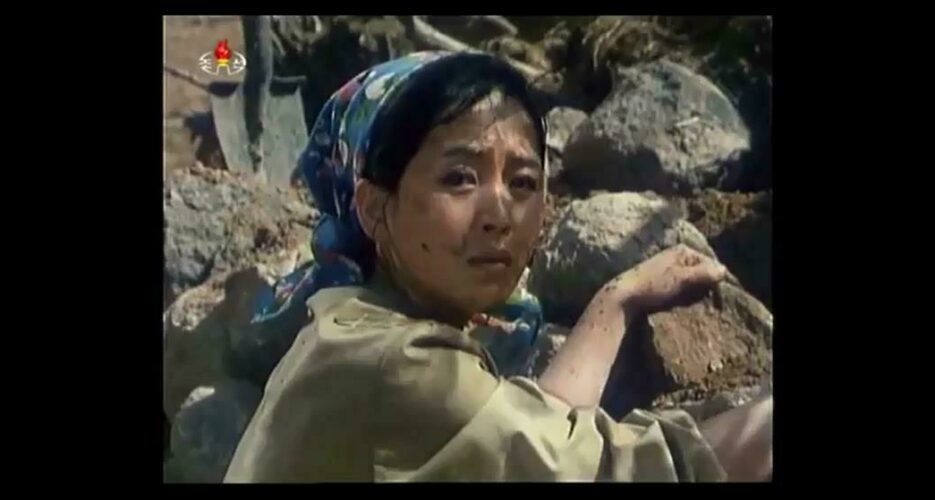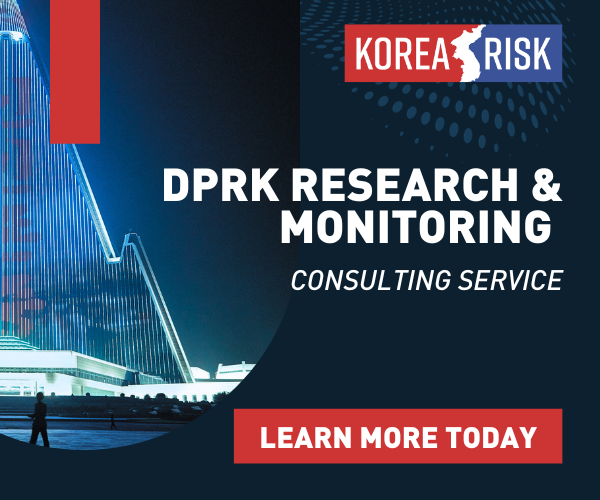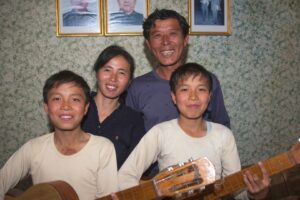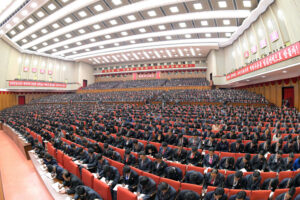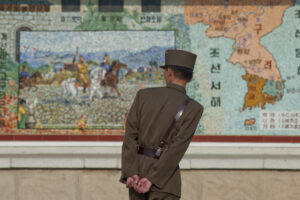When many years ago I heard, for the first time, lamentations by Pyongyang about the economic sanctions imposed on them by the vicious U.S., my first reaction was of surprise. Sanctions presuppose a ban on trade, I thought, but can North Korea really trade?
Having spent my university years in the Soviet Far East (the most active region of Russia in terms of trade with the DPRK) I remember three types of North Korean goods on the shelves of Soviet stores.
When many years ago I heard, for the first time, lamentations by Pyongyang about the economic sanctions imposed on them by the vicious U.S., my first reaction was of surprise. Sanctions presuppose a ban on trade, I thought, but can North Korea really trade?
Having spent my university years in the Soviet Far East (the most active region of Russia in terms of trade with the DPRK) I remember three types of North Korean goods on the shelves of Soviet stores.
Become a member for less than $4 per week.
Unlimited access to all of NK News: reporting, investigations, analysis
The NK News Daily Update, an email newsletter to keep you in the loop
Searchable archive of all content, photo galleries, special columns
Contact NK News reporters with tips or requests for reporting
Get unlimited access to all NK News content, including original reporting, investigations, and analyses by our team of DPRK experts.
Subscribe now
All major cards accepted. No commitments – you can cancel any time.



